SUMMARY
This is AI generated summarization, which may have errors. For context, always refer to the full article.
![[#RapplerReads] Why take root when you can belong anywhere?](https://www.rappler.com/tachyon/2021/12/Rappler-Reads-We-Belong-December-24-2021.jpg)
Editor’s note: #RapplerReads is a project by the BrandRap team. The book featured in this article was provided for by our affiliate partner, Fully Booked. We earn a commission every time you shop through the affiliate links below.
Do you remember that powerful final act from Frozen when – spoiler ahead – we found out that the “act of true love” being referred to was that of Elsa’s love for Anna, and not from the scheming prince?
Cookie Hiponia Everman’s debut, We Belong, recalls this inspiring power of sibling and familial love to mind. A “meta” story of sorts, this quick read actually encapsulated three stories – that of the main character Elsie and her two bright and curious girls, the all too familiar make-believe world she creates, and Elsie’s own family.
Told in free verse, the book started in a seemingly innocent way when Elsie’s daughters Stella and Luna pestered her for a bedtime tale. What she spun after was a mythical journey of siblings Mayari, Apolaki, and Tala – drawn heavily from elements of Philippine mythology – which mirrored that of her own siblings.
Without going into details, the two girls listened with amazement as the three half-deities ventured into another world, only to quarrel amongst themselves because of their desire to belong. The Frozen moment came when they realized that the bond they had was mightier and more important than the pursuit of power and acceptance.
By then, the book had taken delicious dramatic turns, which had me breezing through the pages – and gave me the impression that this was more than just a simple children’s story. As Everman expressed in an interview, We Belong is actually “about healing family strife and intergenerational trauma.”
That’s not all. In Elsie’s mind, she recounted her family’s struggles while fleeing to the US during the Martial Law (another interesting context), which formed the basis of the mythical tale she concocted. One particularly moving scene was witnessing her mom cry after swearing allegiance to the American flag – and renouncing their Filipino past. Rather than be overjoyed by the promise of the “American dream,” this signified that they have been divorced from their humble past, forever.
And this is what Elsie wanted to call into question as the stories came to an end. Why can’t they be Filipino and American at the same time? The Philippines was as much a home as the US was, both being integral environments to their self-formation.
In the end, her bedtime story endeared her children more to her and their identities as hapas (Hawaiian term for “half”), where family love, bond, and determination were more than enough to make Elsie and Mayari feel whole.
What Everman has created through We Belong is a multi-layered look at the diasporic experience on what it really means to find oneself, among the myriad of possible selves created by movement and change. And sometimes – which applies not only to migrants – we need to be coerced into speaking our truth to be able to stand our ground in the face of the homogenizing tendencies of tradition and discrimination. – Rappler.com
Add a comment
How does this make you feel?

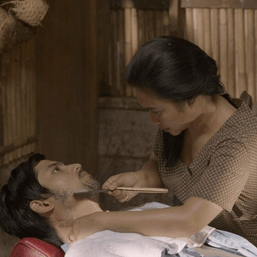

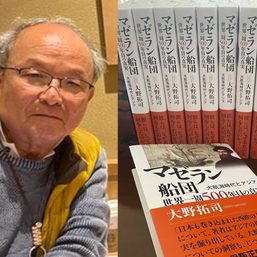
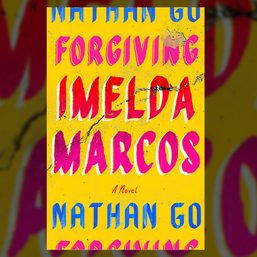
![[Rappler’s Best] Patricia Evangelista](https://www.rappler.com/tachyon/2024/04/unnamed-9-1.jpg?resize=257%2C257&crop=486px%2C0px%2C1333px%2C1333px)
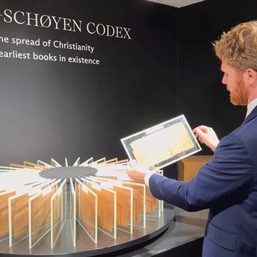
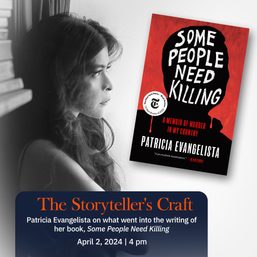
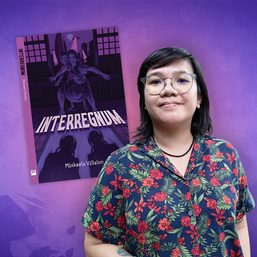
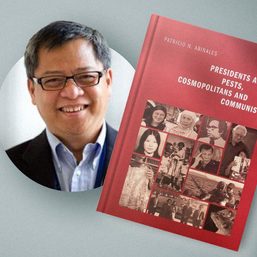
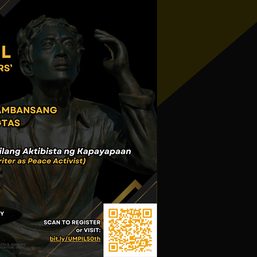


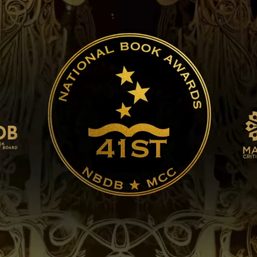
There are no comments yet. Add your comment to start the conversation.